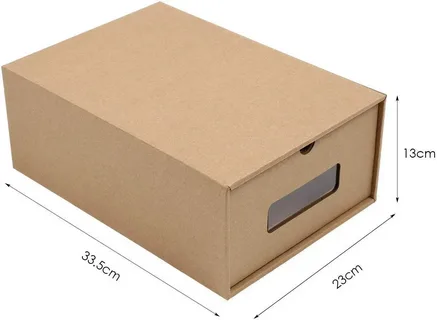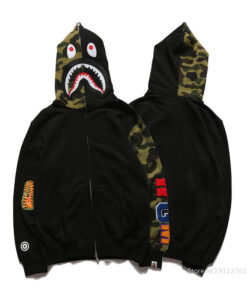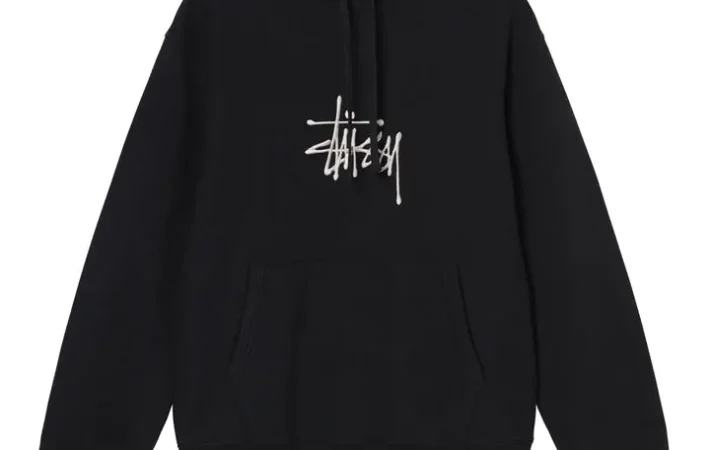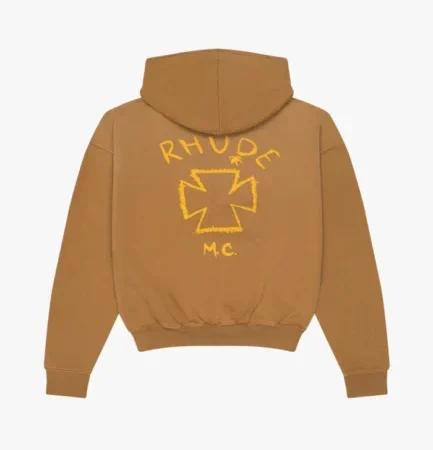In the world of retail and e-commerce, packaging is often an unsung hero. A well-designed shoe box not only protects its contents but also enhances the customer experience and reinforces a brand’s identity. Whether you’re a manufacturer, retailer, or even a custom box supplier, understanding the nuances of shoe box dimensions is critical.
This guide will explore standard shoe box sizes, the factors influencing box dimensions, and the benefits of choosing custom shoe boxes for your brand.
Standard Shoe Box Dimensions
Shoe boxes come in various sizes to accommodate the diverse range of footwear available in the market. Here are some commonly used dimensions for standard shoe boxes:
Men’s Shoe Boxes
Men’s shoe boxes are typically larger, designed to fit bulkier footwear like dress shoes, sneakers, and boots.
- Average dimensions: 14″ x 10″ x 5″
These dimensions can vary based on the type of footwear. For instance, boots often require taller boxes.
Women’s Shoe Boxes
Women’s shoe boxes are usually slightly smaller, as women’s shoes are generally more compact.
- Average dimensions: 13″ x 8″ x 4.5″
Heels and sandals may need specialized designs, particularly for added height or protection.
Children’s Shoe Boxes
Children’s footwear, ranging from infant shoes to larger kids’ sizes, requires smaller boxes.
- Average dimensions: 10″ x 7″ x 4″
Since children’s shoes are lighter, these boxes may be made from thinner materials.
Boot Boxes
Boots, regardless of gender, need boxes that account for their height and width.
- Average dimensions: 18″ x 12″ x 6″
Factors Influencing Shoe Box Dimensions
While standard dimensions work for most applications, several factors can influence the size and style of shoe boxes:
Footwear Type
Different shoes, such as sneakers, stilettos, or hiking boots, require unique packaging solutions. Custom dimensions ensure the perfect fit, minimizing movement inside the box.
Material Choice
The thickness and strength of the packaging material can impact box size. For example, rigid boxes for premium footwear may need slightly more space due to thicker walls.
Branding Requirements
Brands that use elaborate designs, dividers, or additional protective inserts often require adjustments to standard box dimensions.
Logistics
Boxes should optimize storage and shipping costs. Overly large boxes increase material waste and freight expenses, while overly small boxes risk damaging the product.
Sustainability Goals
Eco-friendly brands may opt for custom shoe boxes made with recycled materials or minimalist designs, influencing the box’s final size and structure.
Why Choose Custom Shoe Boxes?
Custom shoe boxes are gaining popularity due to their ability to enhance a brand’s appeal and improve functionality. Here’s why they’re worth considering:
1. Brand Differentiation
Custom packaging allows brands to stand out in a crowded market. With unique shapes, colors, and designs, your shoe boxes can create a memorable unboxing experience.
2. Tailored Fit
Custom dimensions ensure the perfect fit for your products, eliminating the need for excessive padding or inserts. This precision reduces material costs and enhances product safety.
3. Improved Customer Experience
A box that’s easy to open and store adds value to the customer. Sleek, well-proportioned packaging reflects positively on your brand, making customers more likely to repurchase.
4. Sustainability
Custom boxes can be designed with the environment in mind. By choosing sustainable materials and optimizing dimensions, brands can reduce their carbon footprint.
5. Enhanced Durability
With the right materials and structural design, custom boxes provide better protection during shipping, minimizing returns or complaints due to damaged goods.
Design Tips for Custom Shoe Boxes
When creating custom shoe boxes, keep these design tips in mind:
- Choose High-Quality Materials
Cardboard, corrugated board, and rigid boxes are popular choices, each offering varying levels of durability and presentation. - Add Practical Features
Consider including handles, magnetic closures, or windows to enhance usability. - Emphasize Branding
Incorporate your logo, brand colors, and unique patterns to make your packaging instantly recognizable. - Keep Sustainability in Focus
Opt for biodegradable inks, recycled materials, and efficient designs to align with eco-conscious customers. - Optimize Storage and Shipping
Boxes should be stackable and lightweight to save on storage space and transportation costs.
Applications of Custom Shoe Boxes
Custom shoe boxes are not just for luxury brands. Here are some examples of how they can serve different industries:
- Retailers: Impress customers with beautifully designed packaging boxes.
- E-commerce Brands: Ensure products arrive safely and create a delightful unboxing experience.
- Boutique Brands: Highlight the exclusivity and quality of your footwear with premium packaging.
- Sustainable Brands: Showcase your commitment to the environment with eco-friendly designs.
Final Thoughts
Understanding shoe box dimensions is essential for crafting the perfect packaging solution for your brand. While standard sizes are readily available, opting for custom shoe boxes gives you the freedom to tailor packaging to your product, branding, and sustainability goals.
By prioritizing functionality, aesthetics, and customer experience, your shoe boxes can become a powerful tool in building brand loyalty and driving sales. Whether you’re launching a new line or revamping existing packaging, investing in custom shoe boxes is a step in the right direction.






Leave a comment
Your email address will not be published. Required fields are marked *